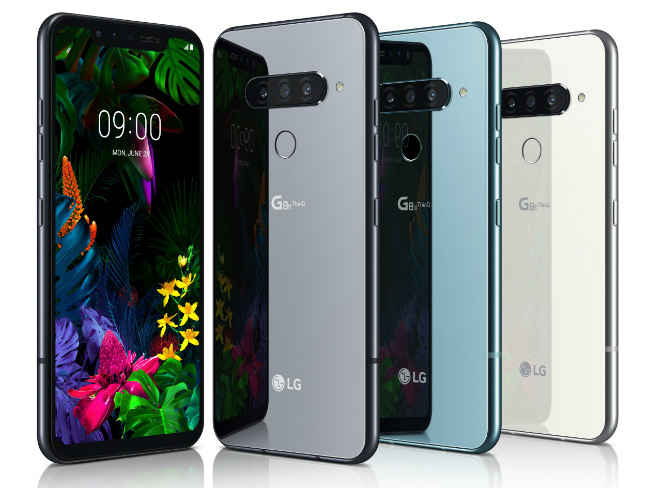Lenovo-owned Motorola was poised to launch a new smartphone at the recently concluded Mobile World Congress Shanghai. But that didn't really happen. Now, Lenovo Group VP Chang Cheng released a poster on Weibo that the Motorola P50, which could be a rebranded Motorola One Vision, would be launching in China this week.
The Motorola P50 looks identical to the Motorola One Vision, which launched in Brazil earlier, and in India last month, with almost the exact same spec-sheet. Considering the One series is Android One-certified, Motorola had no choice but to launch it under another name in China, where Google is not allowed to offer its services and all smartphones run on forked Android.
The teaser poster shared on Weibo reveals the Motorola P50 will sport a 21:9 aspect ratio display, same as the Motorola One Vision. It will stretch to 6.34-inches diagonally to produce Full HD+ resolution along with support for DCI-P3 colour gamut. The display also extends all the way to the edges thanks to a punch-hole camera positioned in the top corner. The punch-hole houses a 25MP camera for selfies and has features like HDR, smart recognition and AI smart shoot, based on the words translated from Chinese in the teaser.
On the back is a 3D glass panel with the Motorola logo embedded in the fingerprint sensor. The P50 will have a dual camera stack positioned on the top left corner. The primary camera will be a 48MP sensor assisted by OIS and f/1.75 aperture lens. The secondary camera is a depth sensor. The dual camera on the back will offer features like night mode, intelligent scene recognition and 4K video shooting. Along with this, the Motorola P50 will come with Bluetooth 5.0, Dolby Atmos sound, USB-C, hybrid SIM slot and 128GB of storage built-in.
While it’s not confirmed what processor the phone will run on, but if it’s indeed a rebranded Motorola One Vision, it will be powered by a Samsung Exynos processor along with 4GB RAM. The smartphone will be offered in Blue and Brown colour variants in China, same as India.
While all this sounds identical to the Motorola One Vision, there will be one crucial difference. Instead of pure stock Android with the promise of regular updates, the Motorola P50 in China will run Lenovo’s ZUI that's based on Android 9 Pie.
from Latest Technology News https://ift.tt/2ROo6ym


